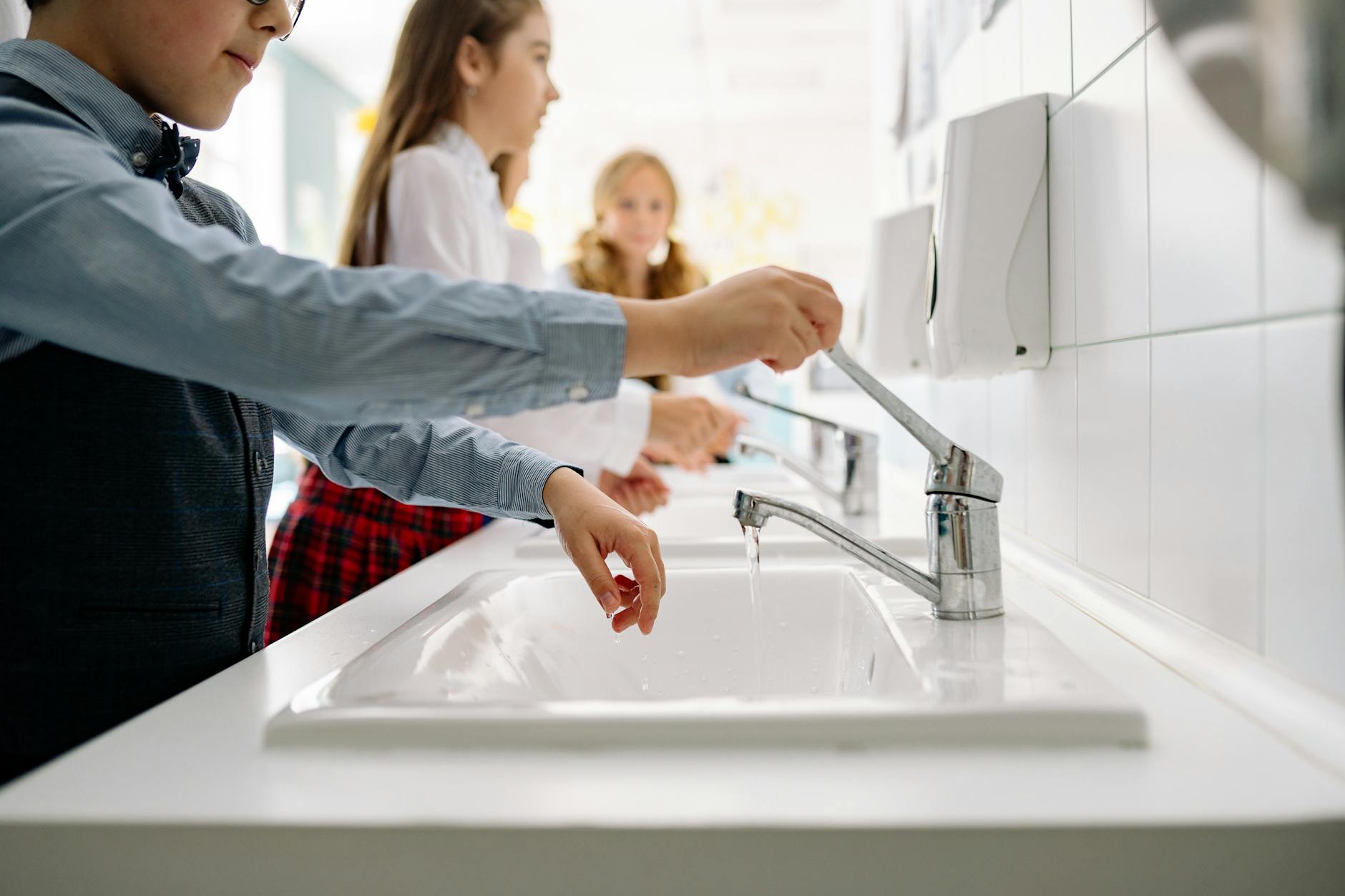Chemical allergies—such as contact allergies and more specific sensitivities like methylisothiazolinone allergy—are increasingly common, yet they remain underrepresented in children’s literature. These allergies, often triggered by ingredients in everyday items like soaps, shampoos, and cleaning products, can have a profound effect on a child’s daily life. And yet, for many families, finding accessible, child-friendly resources to help young people understand these conditions is difficult.
That’s why more children’s storybooks about chemical allergies are urgently needed—to raise awareness, encourage empathy, and equip children and adults alike with the knowledge to live safely and inclusively. Stories create a safe space for children to see themselves or others represented, understand their health needs, and begin important conversations at home and in the classroom.
The Green Soap Girl Series: A Pioneer in Allergy-Aware Children’s Literature
Two books stand out as powerful tools for children, families, and educators navigating the world of chemical sensitivities:
The Green Soap Girl and the Itchy Allergy and The Green Soap Girl Goes to the Beach. Both books feature a spirited young girl who navigates everyday challenges of living with a chemical allergy, in particular methylisothiazolinone allergy. Methylisothiazolinone is a preservative commonly found in personal care products and household cleaners.
In The Green Soap Girl and the Itchy Allergy, Alice begins to experience itchy rashes. The story highlights the diagnostic odyssey of an undiagnosed contact allergy. However, Alice eventually discovers that she is allergic to methylisothiazolinone and learns how to avoid her allergen by finding safer soap. This book was peer reviewed and included in the Green Chemistry Teaching and Learning Community library.
In The Green Soap Girl Goes to the Beach, Alice who has methylisothiazolinone allergy realizes that she is sensitive to the sun. She also has concerns about the soap and shampoo that is on the ground in the shared shower area. In this second book, the Green Soap Girl navigates misunderstanding about her contact allergy and photosensitivity and raises awareness about accommodations and inclusive design or policies for people with chemical allergies. This book was funded by Calgary Arts Development.
Integrating the Green Soap Girl and Chemical Allergies Into Curriculum
These storybooks are not only valuable for families—they are also excellent tools for educators and curriculum developers. Here are two effective ways they can be integrated into learning environments:
1. Soap Science and Safety in Elementary Classrooms
In units focused on hygiene, chemistry, or everyday science, the Green Soap Girl books can serve as engaging introductions to a soap-making activity. Students can learn about the chemistry of soap, explore ingredient labels, and discuss why rinsing soap off thoroughly is just as important as using soap to wash. Lessons can emphasize how some ingredients may be harmful to sensitive skin, particularly for those with chemical or contact allergies.
2. Green Chemistry in Post-Secondary Education
At the college or university level, especially in environmental science, dermatology, nursing, or chemistry programs, the books can be used as narrative case studies. A unit on green chemistry could include an exploration of methylisothiazolinone as a case study in consumer product safety. By grounding the science in a child’s story, future professionals can better understand the human side of ingredient safety and allergen exposure.
A Shift in Health Education: Beyond Handwashing
Public health messages have long emphasized the importance of washing hands—but far fewer stress the need to rinse hands well. For children with chemical allergies, residue left from soap can cause serious reactions or sensitization. Education should evolve to include the message that handwashing includes rinsing, especially when soaps may contain allergens like methylisothiazolinone.
In conclusion, we need more books like The Green Soap Girl books—not just for children with chemical allergies, but for everyone. These books educate, empower, and encourage more inclusive environments. Whether used at home, in classrooms, or in labs, they can spark curiosity, compassion, and critical conversations that protect the health and dignity of all children.
===
Interested in teaching medical literacy pain free? Shop medical literacy resources!

This article was drafted by ChatGPT and edited by Joan Lee Tu, the founder of MedULingo.com.
You may also be interested in the following:
How to Accommodate People with Chemical Allergies
Preventing Contact Allergies in Kids: A Guide for Parents – FREE DOWNLOAD
Consumer Literacy Scavenger Hunts – FREE DOWNLOAD
Eczema: The Contact Allergy Booklet
The Green Soap Girl and the Itchy Allergy
The Green Soap Girl Goes to the Beach
A to Z Medical Literacy: Childhood Rashes
A to Z Medical Literacy: Rare Allergies
The Benefits of Developing Medical Literacy About Dermatitis from Kindergarten
Cultivating Allergy Awareness from Kindergarten with Medical Literacy
Safe Science: Guidelines for Handling Chemicals in Kids’ Science Activities
Safeguarding STEM Learning: Best Practices for Sanitizing LEGO in Education Programs
The Great Debate: Soap vs. Sanitizer in STEM Education Programs

